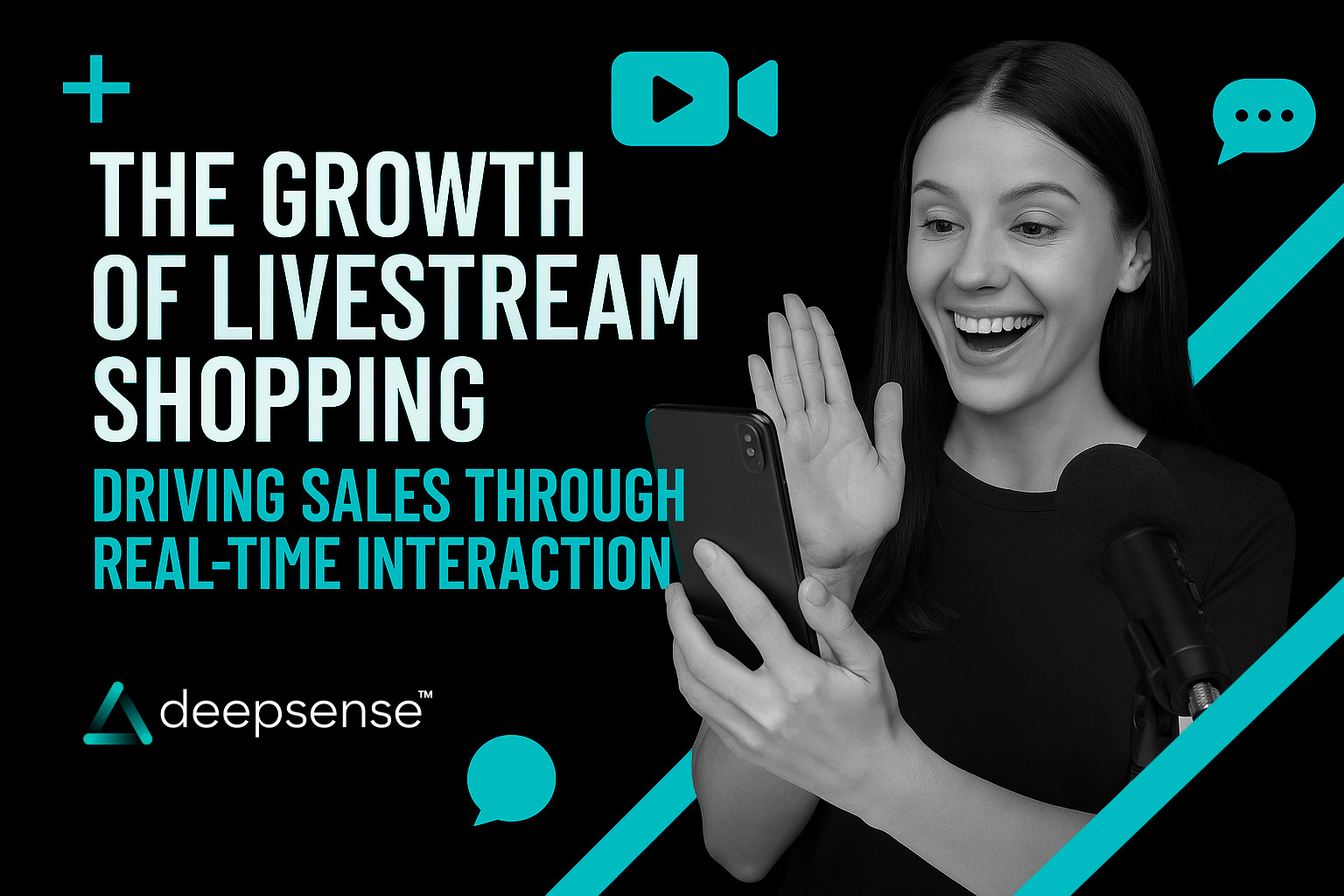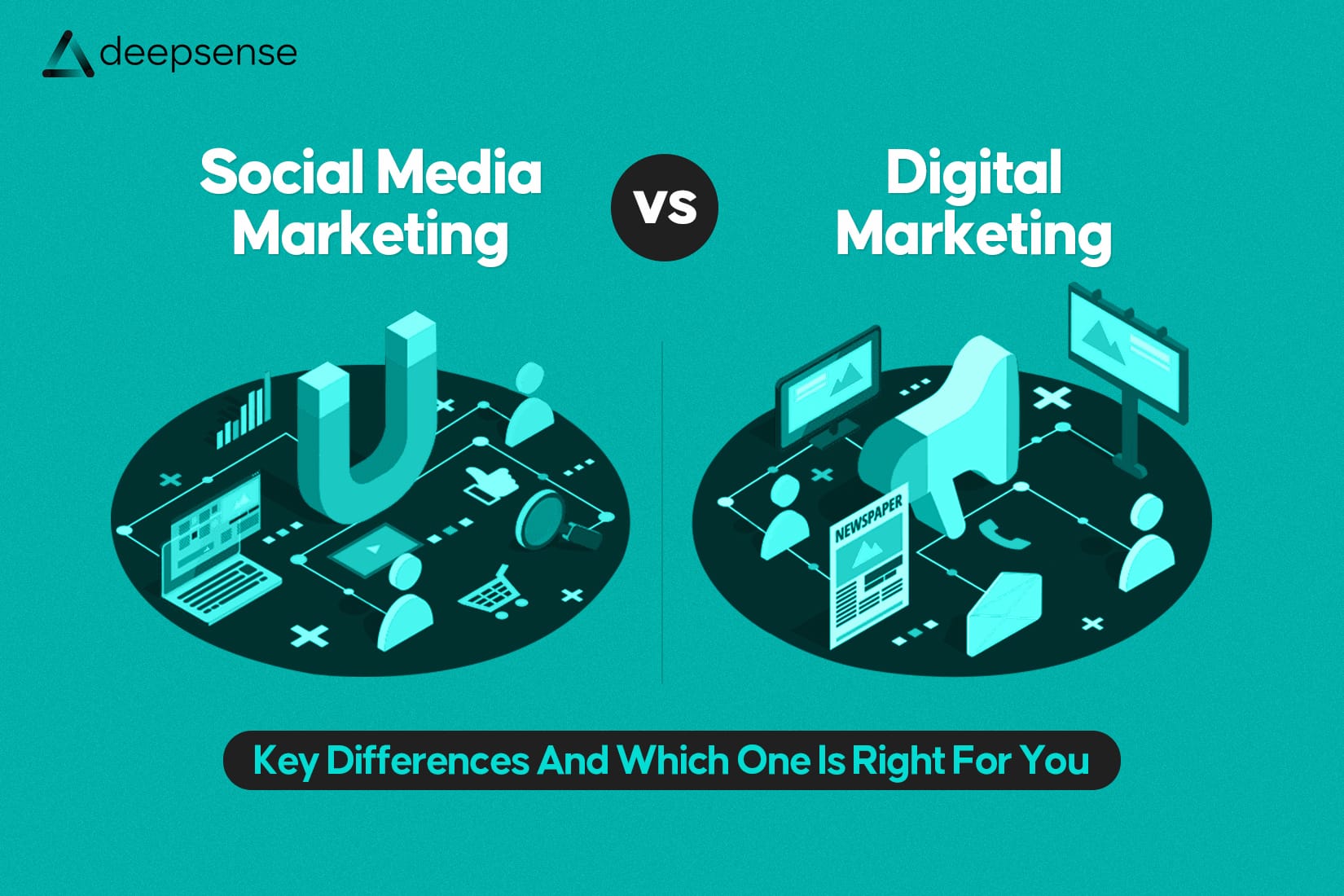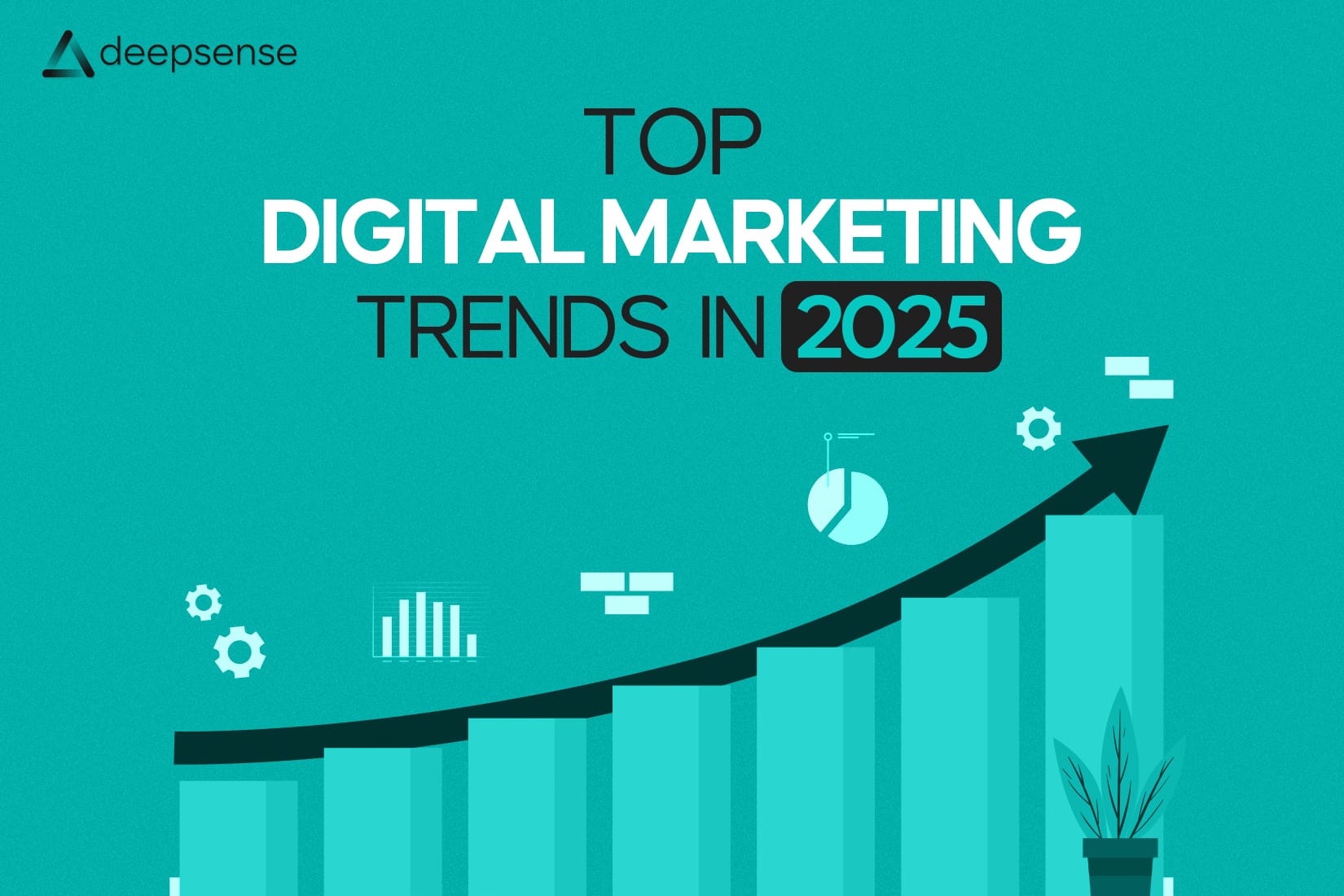In an era where content is king and attention spans are short, livestream shopping is emerging as a digital shopping revolution. Combining the entertainment value of live video with the convenience of e-commerce, this format is rewriting the rules of retail, blending entertainment, urgency, and human connection to drive real-time sales like never before.
But what exactly is livestream shopping, and why is it growing so fast?
Let’s unpack this exciting trend and explore how it’s shaping the future of online commerce.
What is Livestream Shopping?
Livestream shopping (also called live commerce or video commerce) is an interactive e-commerce format where a host, typically an influencer, brand representative, or content creator, showcases products in real time via a live video stream.
Viewers can ask questions, receive live answers, see product demos, and most importantly, purchase instantly through embedded buying options, all without leaving the stream.
Think of it as QVC meets TikTok, but supercharged for the mobile-first generation.
A Quick Look at the Numbers
The stats are a clear indicator of where this trend is headed:
- $512 billion: The global livestream shopping market value projected by 2025 (Statista).
- 🇨🇳 Two-thirds of Chinese consumers have bought something through a livestream (McKinsey).
- 🇺🇸 Livestream e-commerce is expected to reach $68 billion in sales in the U.S. by 2026 (Coresight Research).
- Engagement rates in live commerce sessions are 10x higher than traditional e-commerce.
Clearly, this isn’t just a passing trend, it’s a seismic shift in how people shop.
Why Livestream Shopping Works So Well
1. Real-Time Engagement = Higher Conversion
Livestreams replicate the in-store experience. You’re not just clicking “add to cart”, you’re asking questions, getting instant feedback, and seeing how the product performs.
That level of engagement leads to conversion rates as high as 30%, far outpacing standard e-commerce.
2. Urgency Drives Action
With limited-time discounts, exclusive drops, or flash deals, livestreams tap into FOMO (Fear of Missing Out). Scarcity + urgency = buy now.
3. Trust Through Authenticity
Consumers trust real people over faceless brands. Watching a creator or host use the product in real time, answer unscripted questions, and share honest opinions builds trust and credibility.
4. Entertainment + Shopping = “Shoppertainment”
This isn’t boring product listing, it’s content. Brands mix music, games, Q&As, giveaways, and humor to keep viewers engaged for longer. It’s part show, part shopping spree.
Popular Platforms Powering the Trend
China’s Pioneers:
- Taobao Live (Alibaba): The birthplace of livestream commerce.
- Douyin (TikTok’s Chinese version): A key player for influencer-driven sales.
- Kuaishou: Big in rural and lower-tier cities.
Global Platforms:
- TikTok Shop: Integrated in-video shopping with viral creators.
- Instagram Live Shopping: Seamless product tagging and checkout.
- Amazon Live: Trusted platform for live product demos.
- YouTube Live: Streamlined with product shelf integration.
- Facebook Live: Popular for boutique sellers and local businesses.
Industries Benefiting Most from Livestream Shopping
While almost every industry can adopt live commerce, a few are seeing exceptional traction:
Beauty & Skincare
Product demos, swatches, tutorials, and Q&As make it perfect for livestreams.
Fashion & Apparel
Try-on hauls, live styling sessions, and exclusive launches thrive here.
Food & Beverage
Tasting sessions, chef tips, or “cook with me” livestreams are trending.
Home & Lifestyle
Decor walkthroughs, DIYs, and home tours are great for showcasing products in use.
Toys & Collectibles
Especially during launch windows, livestreams drive hype and instant purchases.
How Brands Are Leveraging Livestream Shopping
1. Influencer Partnerships
Brands team up with creators who resonate with niche audiences. These influencers bring a loyal base ready to buy.
2. Exclusive Product Drops
Launching a new lipstick shade? Drop it first in a livestream. That sense of exclusivity drives attendance and sales.
3. Real-Time Customer Support
Instead of post-purchase confusion, viewers can get questions answered on the spot.
4. Gamification
Contests, polls, giveaways during streams keep users glued and drive viral word-of-mouth.
Success Stories
L’Oréal
L’Oréal partnered with influencers across Asia to run livestream tutorials and skincare sessions. The result? A 320% sales increase during live campaigns in Southeast Asia.
Walmart x TikTok
In 2020, Walmart piloted livestream shopping on TikTok. Their livestream shopping event drove 7x more views and significant product sell-outs.
Amazon Live Sellers
Small sellers on Amazon are leveraging Amazon Live to run product demos, often seeing double-digit lifts in sales during stream windows.
Challenges in Livestream Shopping
- Tech Readiness: Seamless integration between live video, product catalog, and payment requires advanced infrastructure.
- Moderation: Managing live comments, spam, or misinformation during streams can be tricky.
- Influencer Risk: A bad or unprofessional host can damage brand reputation.
- Retention: Getting viewers is easy; keeping them engaged till checkout is the challenge.
Tips for Brands Wanting to Start Livestream Shopping
- Pick the Right Host – Influencers with authentic engagement and domain expertise outperform generic ones.
- Invest in Lighting & Production – A crisp, well-lit stream creates a premium feel.
- Plan the Script but Stay Flexible – Keep it structured, but natural and reactive.
- Push Promotions Strategically – Include flash sales, countdowns, and exclusives.
- Engage With Comments – Make viewers feel seen; respond in real time.
- Analyze & Iterate – Track what worked (or didn’t) and optimize future streams.
The Future of Livestream Shopping
The future is hybrid shopping experiences, where physical and digital merge seamlessly. Imagine:
- AR try-ons in a live stream
- AI-generated personalized offers during the show
- Influencer avatars in the metaverse selling real products
Livestream shopping is still in its early innings outside Asia, but the signs are clear, this format is here to stay, and it’s only getting more dynamic.
Final Thoughts
In a post-pandemic world, consumers crave connection, convenience, and content. Livestream shopping delivers all three, in one powerful format.
Whether you’re a startup or an enterprise, jumping on the livestream shopping bandwagon is no longer optional, it’s the next frontier of e-commerce.
As we move forward, brands that understand how to entertain, engage, and sell simultaneously will be the ones who thrive in this new world of “shoppertainment.”
FAQs
1. Is livestream shopping only for big brands?
No. Small businesses and solopreneurs can leverage platforms like Facebook or Instagram Live to connect directly with audiences and sell in real time.
2. What tools do I need to start livestream selling?
At minimum: a good camera (even a phone), lighting, stable internet, a product catalog, and access to a platform like TikTok or Instagram.
3. Which industries benefit the most from livestream shopping?
Fashion, beauty, lifestyle, food, electronics, and collectibles are among the top-performing categories.
4. How long should a livestream shopping session be?
Typically, 30-60 minutes works best. It gives enough time for product walkthroughs and engagement without viewer fatigue.
5. Can livestream shopping work without influencers?
Yes. Brand founders, staff, or happy customers can be great hosts. Authenticity matters more than celebrity status.
6. Are there any platforms that help manage livestream sales?
Yes. Solutions like CommentSold, Bambuser, and TalkShopLive offer full-stack livestream selling support.
7. What is the difference between livestream shopping and traditional e-commerce?
Livestream shopping is interactive, real-time, and human-centric. Traditional e-commerce is static and self-service.
8. How do you measure success in livestream shopping?
Track viewer count, engagement rate, watch time, conversion rate, average order value, and repeat viewers to understand performance.











